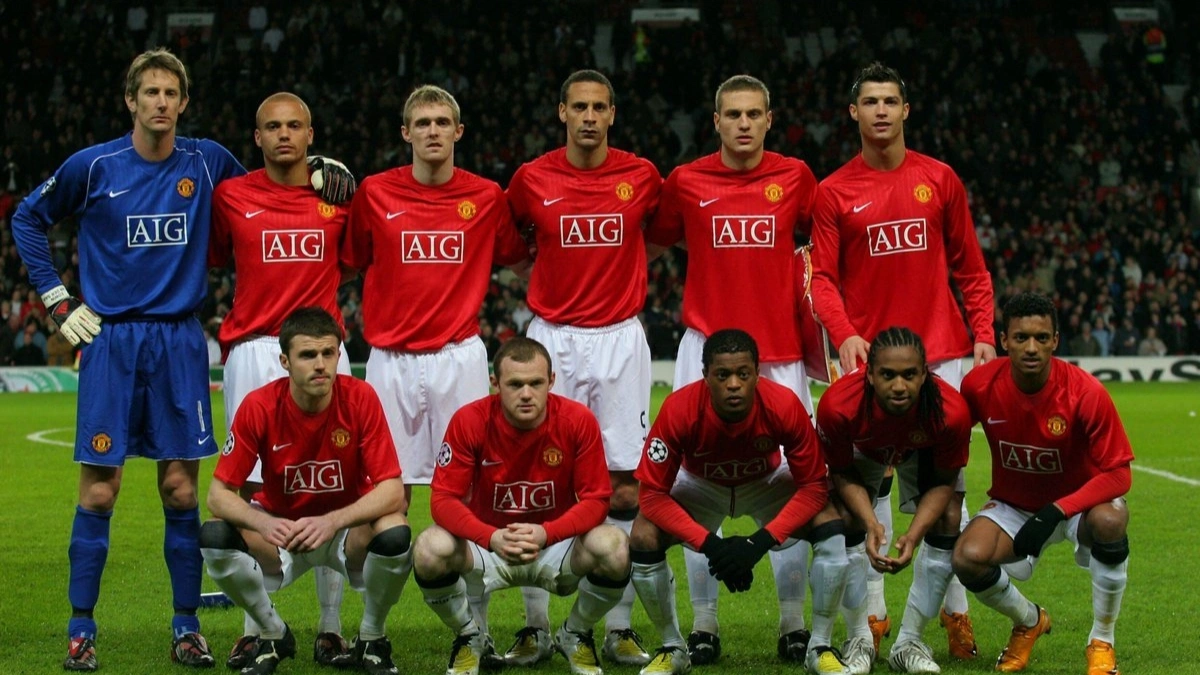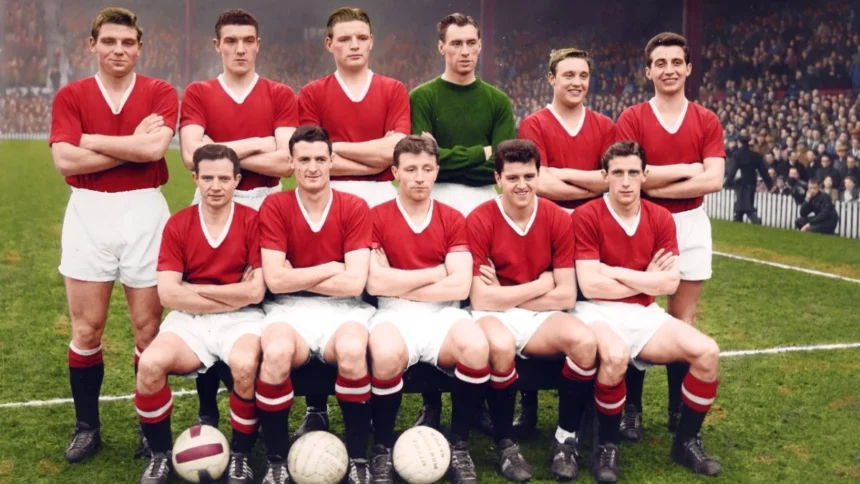Why Do Football Teams Have 11 Players? The Surprisingly Chaotic History Behind the Number
We’ve all been there. You gather your friends for a quick game of football, and somehow you end up with teams that look nothing like what you see on TV. It’s 5 vs 5. Or 6 vs 7. Or 10 vs “we’ll rotate subs every five minutes.” And yet, it’s still fun. Passes happen, goals fly in, and someone always ends up playing barefoot because they forgot their boots.
So why, then, does real football insist on having exactly 11 players per team?
Well, as it turns out, the number wasn’t always 11 and the reason it ended up that way is a delightful mix of logic, chaos, and good old-fashioned English tradition.
From 27 Players to Orderly Chaos
Let’s rewind a few centuries. Before VAR and tactical masterclasses, there was Calcio Fiorentino, one of football’s wild ancestors. Each team had a whopping 27 players, and here’s the kicker, five of them were goalkeepers. On a modern-sized pitch. Imagine trying to find space with 54 players running around, it must’ve looked like a school Christmas play where everyone wants to be the lead.
Later, when this medieval madness evolved into something closer to football in England, the number dropped a bit. But only just. Teams would play with 15 to 21 players, depending on how many mates turned up. If one side had 20 and the other had 15? Well, someone had to sit out, unless they fancied a bloodbath.
The Birth of 11-A-Side
The number 11 finally stuck in 1870, when English football decided to get its act together and draw up official rules. The sport was growing, and it needed structure.
Now, no one can quite agree why 11 was the magic number. One theory says that 20 outfield players were just enough to cover the pitch, 10 per side and you add a goalkeeper for good measure. Simple, right?
Others claim it was all about copying cricket, which was the biggest game in town at the time and also had 11 players per team. Football wanted that same crowd-pulling power, so it borrowed the cricket format.

There’s also the theory that money had something to do with it. Football kits weren’t cheap, and back in the day, clubs wanted to keep costs low while still having enough bodies on the pitch to make a proper game of it.
And About Those Shirt Numbers…
Fun fact: football shirts didn’t have numbers until 1928. That’s right, for decades, everyone looked the same unless you memorised their boots. It was Arsenal who first slapped numbers on their players’ backs to help fans tell who was who. It worked, and soon the idea spread.
But things were still weird: the home team wore 1-11, and the away side got 12-22. So you’d have two number 7s on the pitch, just on different teams.
It wasn’t until 1940 that the football powers-that-be said, “You know what, it’s fine if both sides have the same numbers, the kits are different enough.” And even then, numbers above 11 weren’t allowed until 1993, when squad numbers became a thing and names were finally added to the shirts. Welcome to the modern era.

So, Why 11?
Because football’s history is messy. It’s a mix of tradition, trial-and-error, and a sprinkle of copycatting. And that’s kind of the beauty of it, like a game that started with too many players and slowly figured itself out.
Also Read- Francesco Totti’s Legendary Roma Comeback Vs Sampdoria In The Rain





























